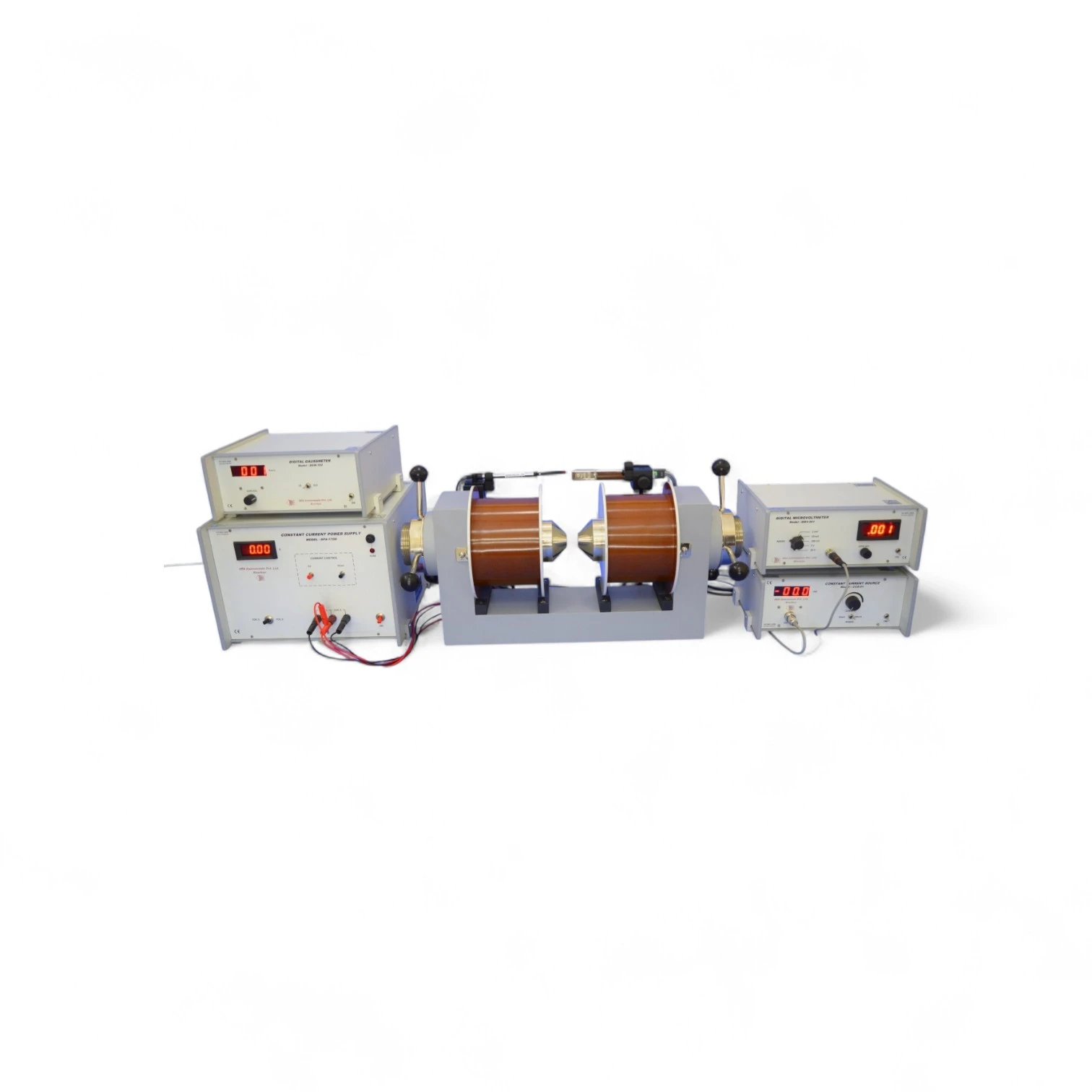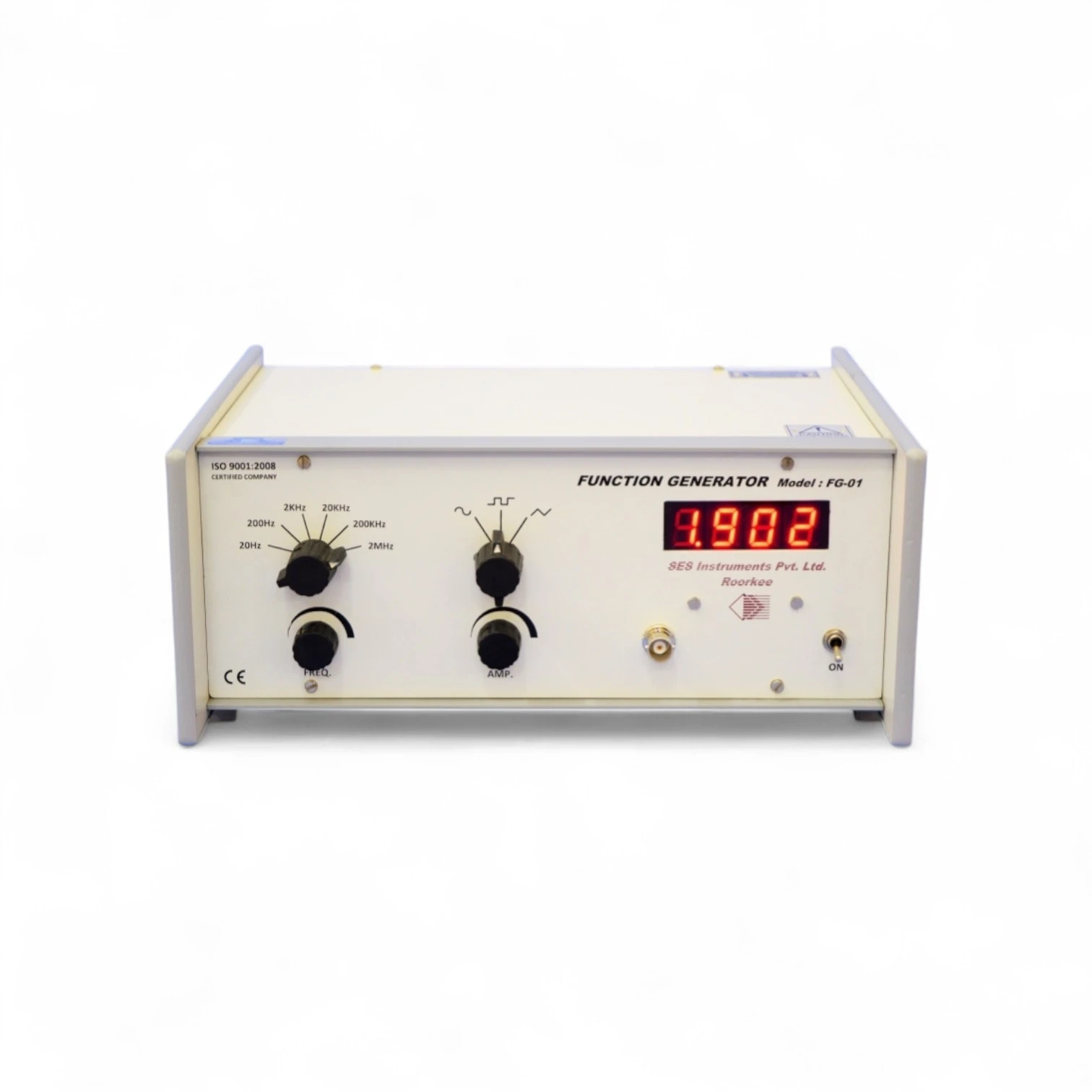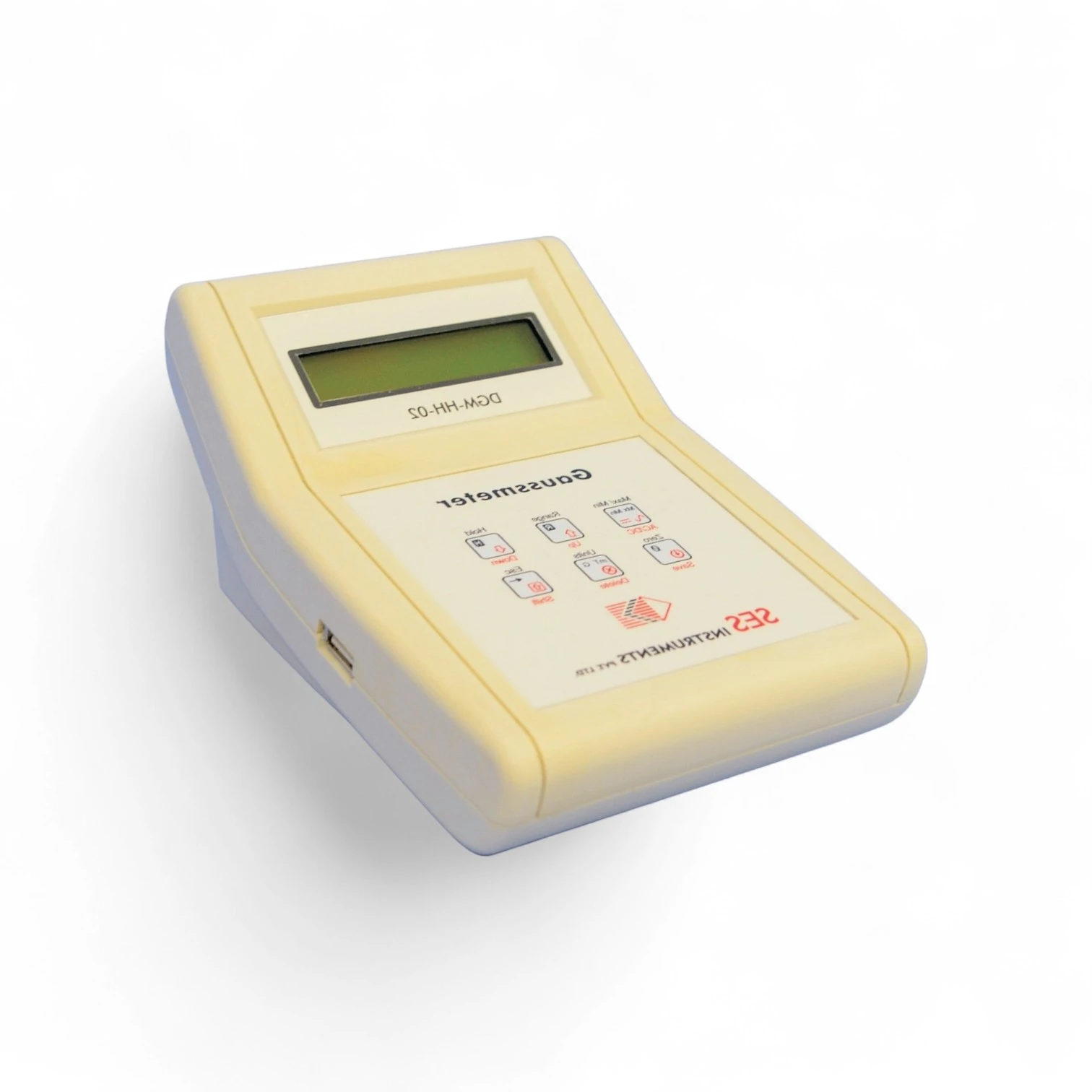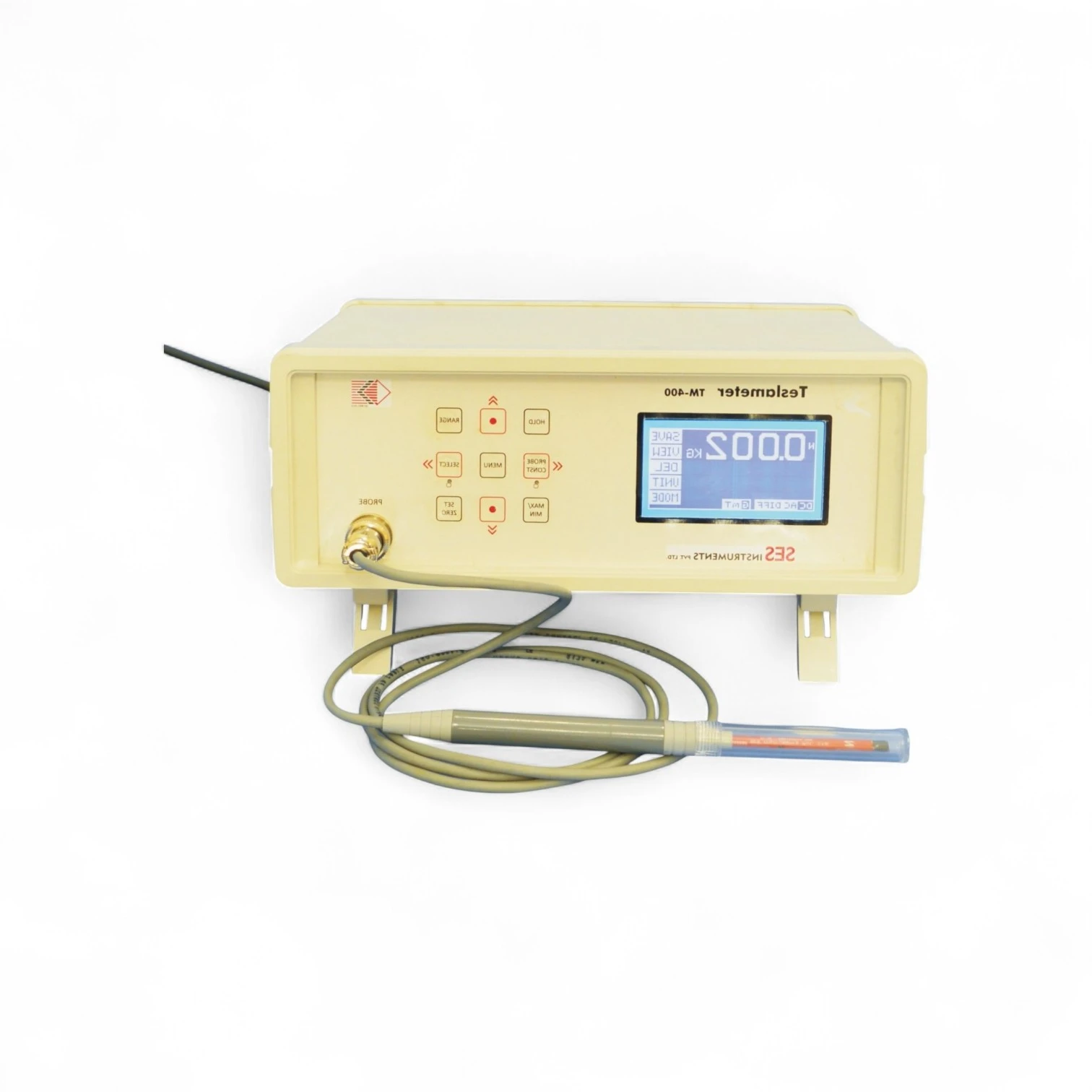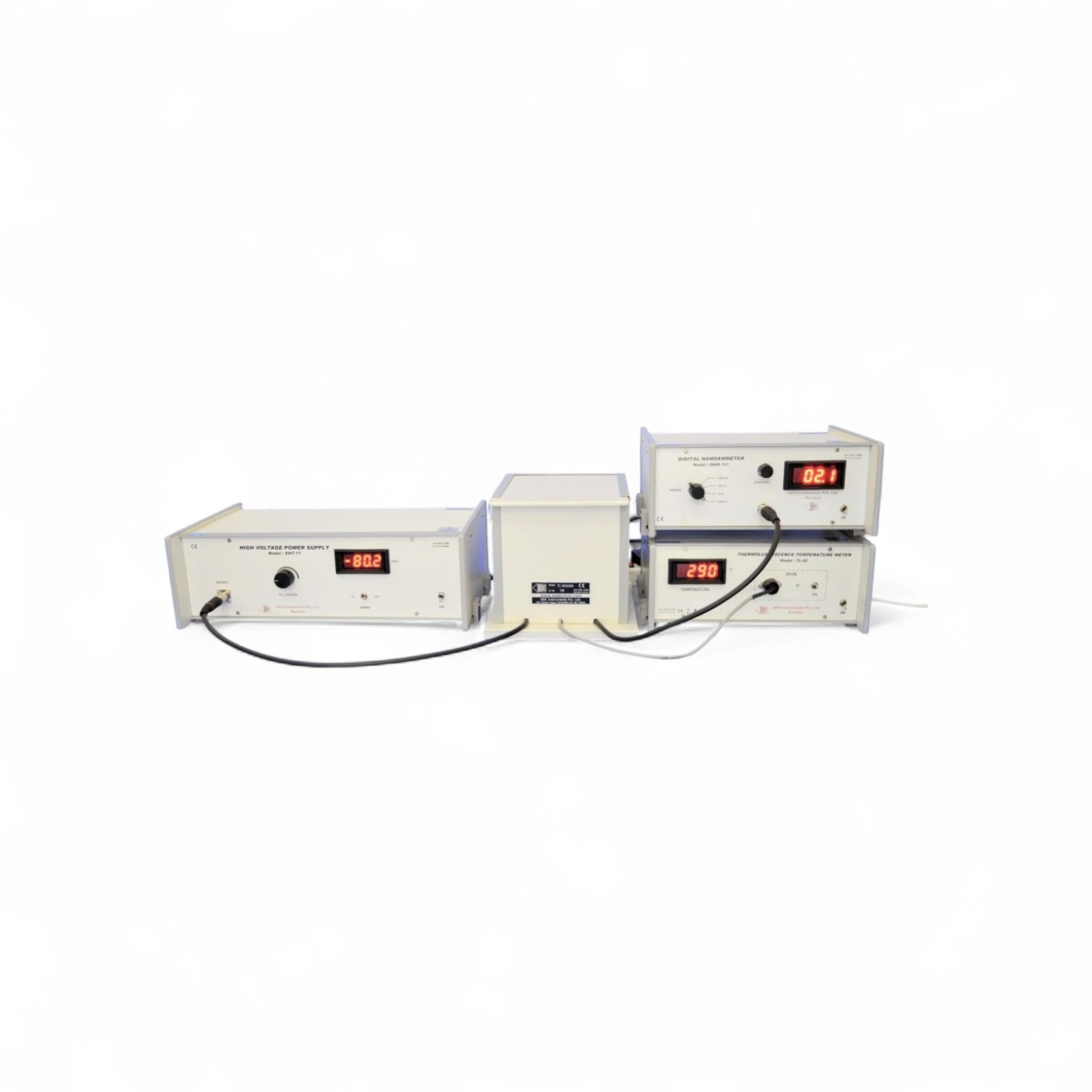




Details description |
|---|
|
The PC‑101 experimental setup is designed for the precise determination of Planck’s constant (h) using the photoelectric effect—a fundamental principle of quantum mechanics. This classic experiment enables students and researchers to verify the quantized nature of light by observing the linear relationship between the stopping potential and the frequency of incident light. The apparatus includes a photoelectric tube, precision voltmeter, variable intensity light sources (LEDs or filtered lamps) of known wavelengths, and a calibrated measuring unit. The setup allows easy measurement of cut-off voltages corresponding to different wavelengths, from which Planck’s constant can be calculated with high accuracy. This compact and robust system is ideal for use in undergraduate physics laboratories, enabling practical validation of the photoelectric equation: Key Features
Applications
|


Fast shipping all across the country
100% Authentic products
We ensure secure transactions
We ensure quality support

Login to your account. Do not have account? Sign up

